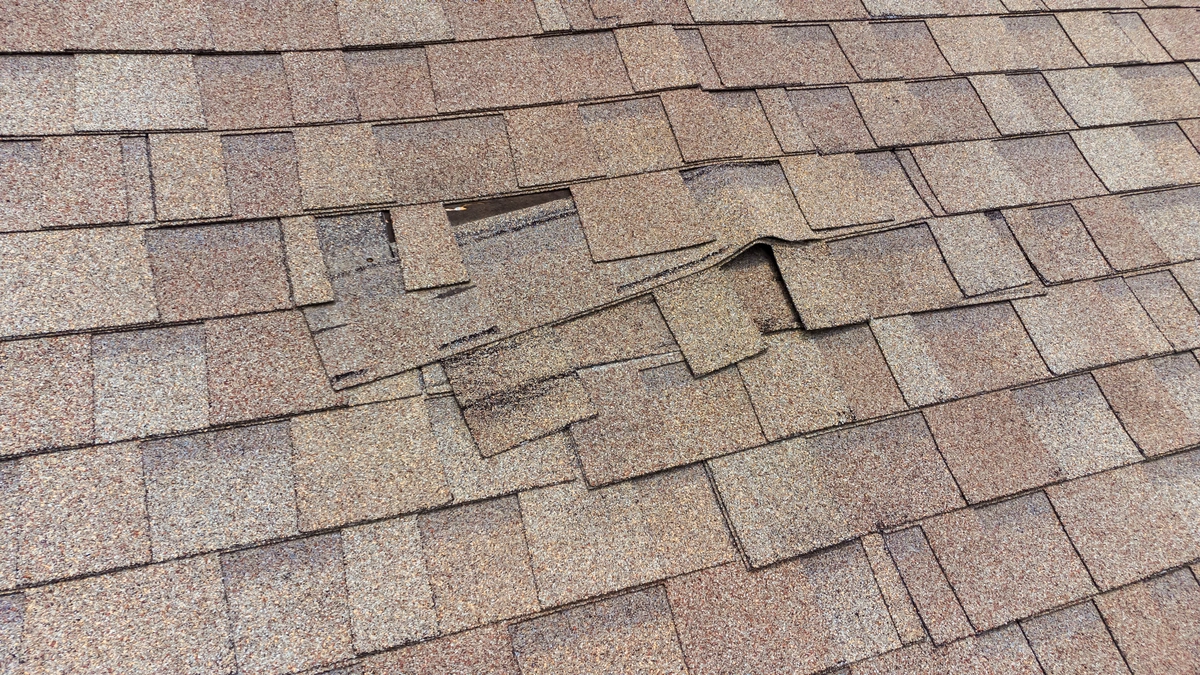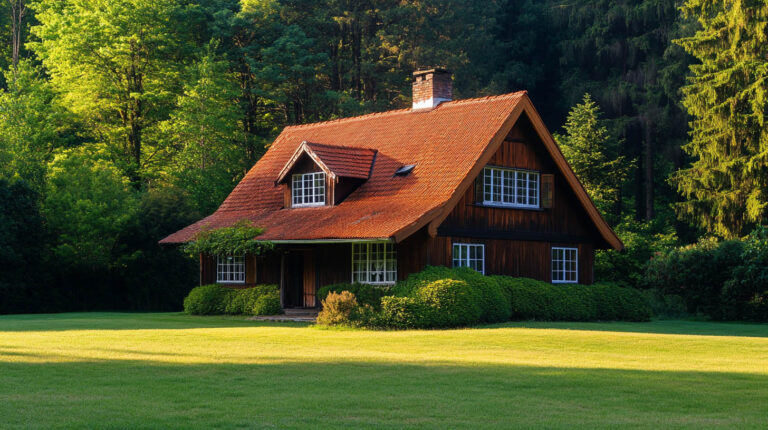
Blog
7 Common Signs of Storm Damage: How to Check and Repair Your Roof
The wind raged, the rain poured, and the skies darkened. Nonetheless, your home appears to be in one piece. The storm didn’t do any damage.
Or, did it? Storm damage isn’t always obvious, especially when it comes to roof-related damage. It could be that there is underlying roof damage that you can’t easily spot.
Wondering how to tell whether such damage exists? Then keep reading. Here are 7 common signs of storm damage that would command instant roof repairs.
1. There Are Shingles Missing from Your Roof

The day after a bad storm, you’re strongly advised to go outside your home and visually inspect its roof. A quick look won’t do. You have to intently inspect the roof for any visible damage.
One of the most important things to keep an eye out for is missing shingles. Strong winds often blow shingles off of roofs. This leaves them unprotected and therefore vulnerable to water damage.
If you notice that even one shingle is missing during your inspection, you need to take action immediately. Until that shingle is replaced, your home has the potential to incur thousands of dollars worth of water damage.
2. Your Shingles Are Missing Granules
It’s not just missing shingles that you need to keep an eye out for. It’s missing granules as well. These are rough entities that sit atop shingles as a means of providing weather protection; they’re vital to shingles’ protective capabilities.
Unfortunately, when storms come raging, they can cause these granules to wear down and rip off. Should this occur, other portions of the roof will become susceptible to damage.
Now, how can you determine whether a shingle is missing granules? It will appear smooth as opposed to rough. If you notice smooth shingles on your roof, you should have them replaced as soon as possible.
3. Broken Branches Are Laying in Your Yard
When storms come, one of the most common causes of roof damage is snapping and falling branches. These heavy branches come down at high speeds and plow directly into the roofs below. This, as you might expect, can lead to all sorts of damage.
This is why, to determine whether you might have a damaged roof after a storm, you need to look around your yard for broken branches. If there are particularly large branches laying in close proximity to your home, you might want to have your roof inspected professionally.
4. There’s Sunshine Coming into Your Attic

You can also determine a storm damaged roof by going into your attic and looking for sunshine. If there’s light peaking through small gaps in your roof, there’s undoubtedly damage present. Remember: if the light is making its way through those cracks, rain could do so just as easily.
Call your local roofing company and bring them in for an inspection. They’ll go up on your roof and locate the damage. They’ll then make all of the needed repairs.
5. There Are Soft Portions of Drywall on the Inside of the Home
Another sign that you may have roof damage is that there’s a soft portion of drywall on the inside of your home. The drywall becomes soft due to water exposure. It may also take on a brown or yellow color, especially as time passes.
This is a sure sign that water is entering your home. Unfortunately, if it’s reached this point, it could be a fairly extensive issue. There might even be structural damage or damage to the electrical system.
If this is the case, you might have to have your entire home remodeled. This could put you out of your house for weeks and maybe even months. This is why, the second you notice roof damage is present, you need to take action and repair it.
So, keep an eye on your walls and ceilings. The moment that a soft and spongy consistency presents itself on your drywall, you need to call up your local roofing repair company.
6. Your Shingles Are Cracked
You might also notice cracked shingles. Shingles can crack when heavily impacted by falling debris. For instance, a branch might fall onto a shingle and cause it to split.
Unfortunately, the moment a shingle cracks, it’s no longer capable of proving adequate protection. It will allow water to flow through it and will make your home vulnerable to water damage.
Therefore, you need to fix cracked shingles the second they present themselves. Generally speaking, this is achieved with a shingle replacement.
7. There Is Visible Damage to the Other Components of Your Roof

The last of the roof problems to look out for after a storm involve visible damage to the “other” components of your roof. These are the components that aren’t shingles, such as fascia, flashing, gutters, and soffit.
Have their attachments loosened? Are they cracked or bent? Maybe they’re positioned in a way that’s different from the norm.
In any of these cases, roof repair is necessary. Failure to carry out these repairs could result in internal water damage. Call your local roofing company and have them come out pronto.
Have the Signs of Storm Damage Presented Themselves on Your Roof?
The signs of storm damage aren’t always obvious. However, if you look closely, you will be able to find them.
Has storm damage affected your roof? Dealing with a damaged roof in Jacksonville, Florida? If so, we here at Avenue Roofing are the people to see.
Begin the repair of your roof by contacting us now!



